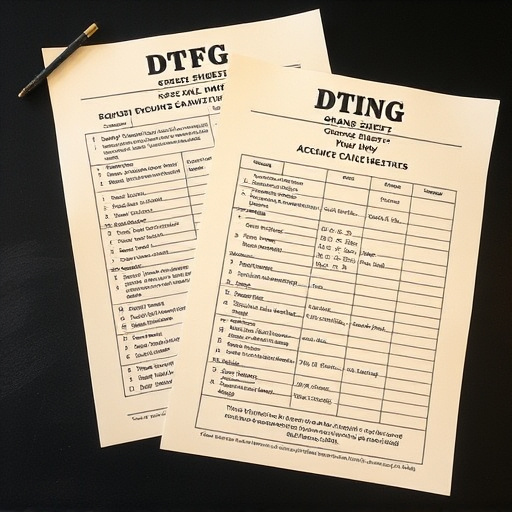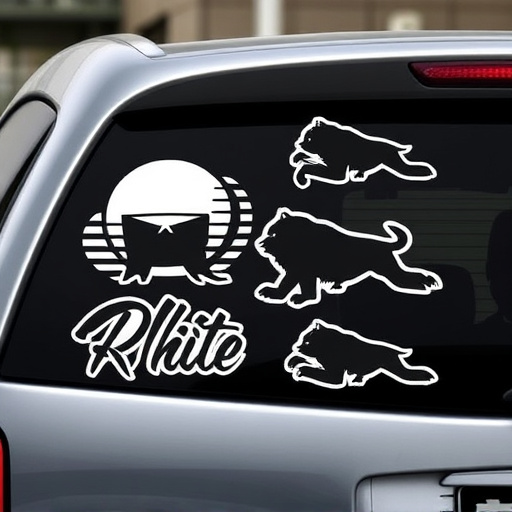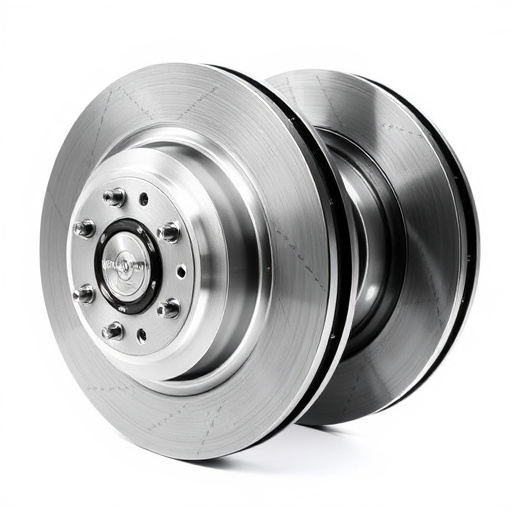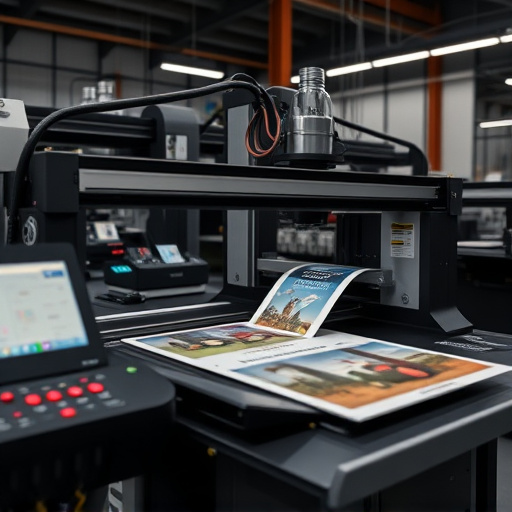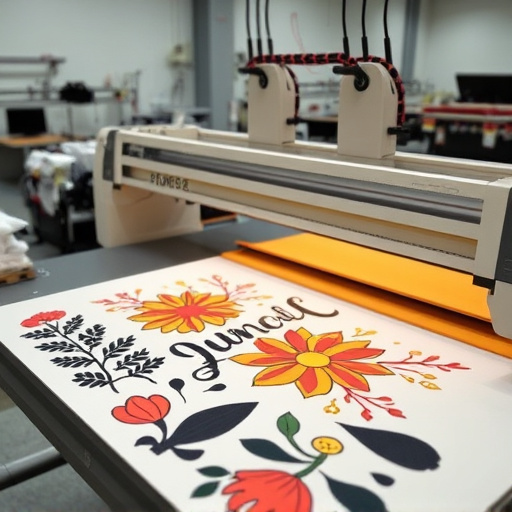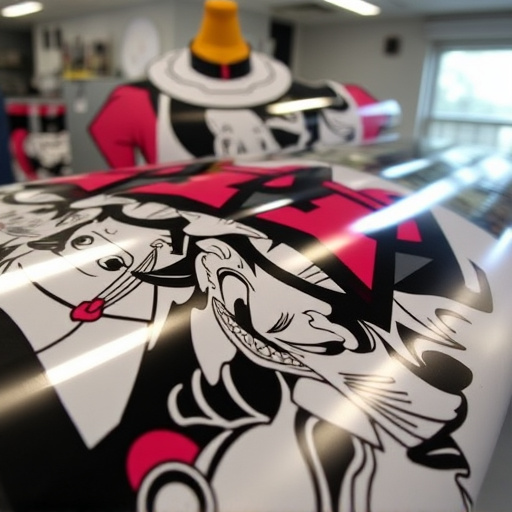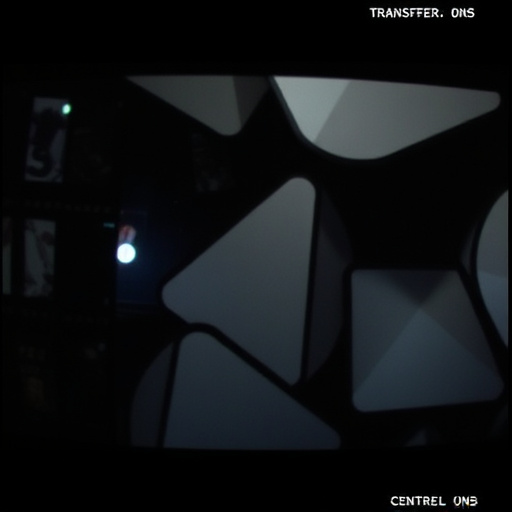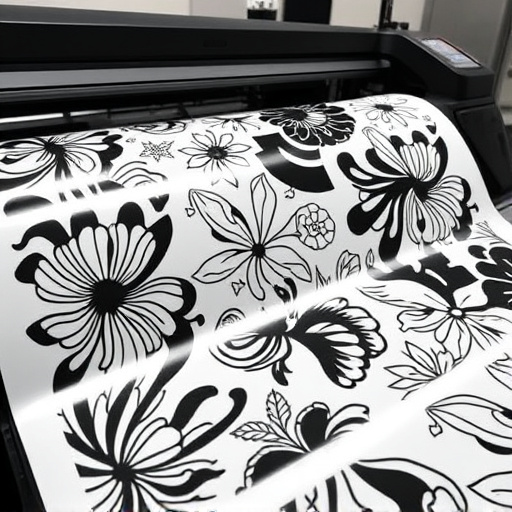The apparel fulfillment sector is closely tied to DTF Market Trends, which prioritize customization, speed, and efficiency. Consumers' demand for personalized products has fueled the market towards fast delivery services, particularly through e-commerce platforms offering custom DTF printed shirts. DTF printing technology's versatility, like creating DTF transfer by size, makes it a favorite among businesses and individuals seeking intricate designs on various garments. To stay competitive in the evolving fashion industry, apparel fulfillment services must adapt, leveraging technologies such as DTF transfer by size and dtf transfer film, strategic inventory management, and robust logistics to meet customer demands for prompt and accurate delivery. Key strategies for success include adopting durable print technologies for high-quality designs and streamlining processes through DTF transfer by size to optimize cuts, reduce waste, lower costs, and cater to a diverse customer base.
In the dynamic world of apparel, understanding DTF Market Trends is crucial for staying ahead. This article delves into the evolving landscape, exploring how these trends impact apparel fulfillment and shape consumer demands. We examine the strategies that brands and retailers are adopting to optimize their fulfillment processes and stay competitive. By aligning with DTF Market Trends, businesses can enhance efficiency, meet customer expectations, and drive growth in a fast-changing market.
- Understanding DTF Market Trends: A Glimpse into the Current Landscape
- The Impact of Apparel Fulfillment on Meeting Market Demands
- Strategies to Optimize Apparel Fulfillment in Alignment with DTF Trends
Understanding DTF Market Trends: A Glimpse into the Current Landscape
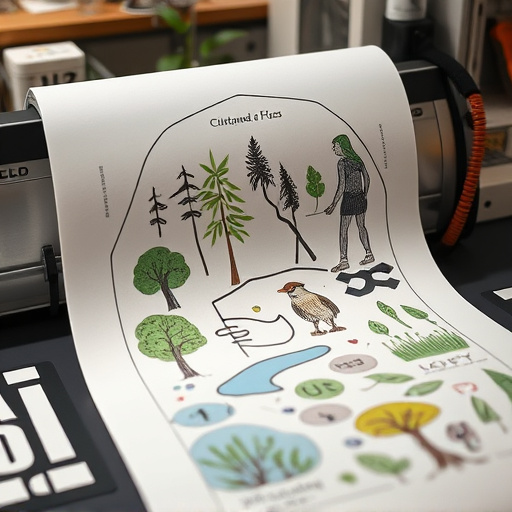
The dynamic world of apparel fulfillment is closely tied to the ever-evolving DTF Market Trends. Understanding these trends offers a glimpse into the current landscape where customization, speed, and efficiency reign supreme. Consumers today demand personalized products that meet their unique style preferences and needs, driving the market towards dtf fast delivery services. This shift has been further accelerated by the rise of e-commerce platforms, enabling customers to order custom-designed dtf printed shirts from the comfort of their homes.
The versatility of direct-to-fabric (DTF) printing technology, especially in creating dtf transfer by size, has made it a popular choice among businesses and individuals alike. This method allows for intricate designs and detailed graphics on various garment types, catering to diverse customer tastes. As market trends continue to favor customization and speed, apparel fulfillment services must adapt to meet these demands, ensuring they stay relevant and competitive in the ever-changing fashion industry.
The Impact of Apparel Fulfillment on Meeting Market Demands

In today’s dynamic DTF Market Trends, efficient apparel fulfillment is no longer an option but a necessity. It directly impacts a brand’s ability to meet market demands and stay competitive. By optimizing the process from design to delivery, retailers can ensure that their products reach customers promptly and in the desired condition. This involves utilizing cutting-edge technologies like DTF transfer by size and dtf transfer film to enhance production speed and accuracy.
Meeting the stringent dtf design requirements set by modern consumers demands a nuanced approach. Effective apparel fulfillment strategies involve understanding consumer preferences, managing inventory efficiently, and implementing robust logistics. These measures not only streamline operations but also enable retailers to adapt swiftly to ever-changing trends, thereby fostering customer satisfaction and loyalty in an increasingly competitive market.
Strategies to Optimize Apparel Fulfillment in Alignment with DTF Trends

To optimize apparel fulfillment in line with DTF Market Trends, businesses must embrace innovative strategies. One key approach is to adopt durable prints technologies that ensure high-quality and long-lasting designs on a variety of fabrics. This aligns with consumer demands for personalized, trend-driven clothing that also retains its visual appeal over time.
Additionally, streamlining the process through DTF transfer by size can significantly enhance efficiency. By optimizing cuts and minimizing waste, brands can reduce costs and offer a wider range of sizes without compromising on quality. This not only makes apparel fulfillment more cost-effective but also caters to a diverse customer base, boosting overall market satisfaction.
Apparel fulfillment plays a pivotal role in keeping up with the dynamic nature of DTF market trends. By adopting strategic approaches, such as efficient inventory management and agile order processing, businesses can ensure they meet the ever-changing demands of consumers. Staying aligned with these trends not only enhances customer satisfaction but also positions brands for sustained success in the competitive fashion industry.



